
The Art of Indie Dyed Yarn
The Art of Indie Dyed Yarn Have you ever picked up a skein of yarn so stunningly colorful that you had to stop and marvel at how it was made?...
We are a small-batch dye studio. with over 16 years of accredited experience, we create vibrant, hand-dyed yarns that are true labors of love. We hope our yarn brings as much joy to your projects as it brings to our hearts!
We ethically source our yarns and fibres, primarily from Australian wool mills, and also offer unique options like heritage breed sheep wool from small family farming cooperatives in South America and the UK.
As passionate yarn users, we’re happy to help with color matching and selecting the perfect yarn base for your next creation, ensuring each skein inspires as much joy for you as it does for us!




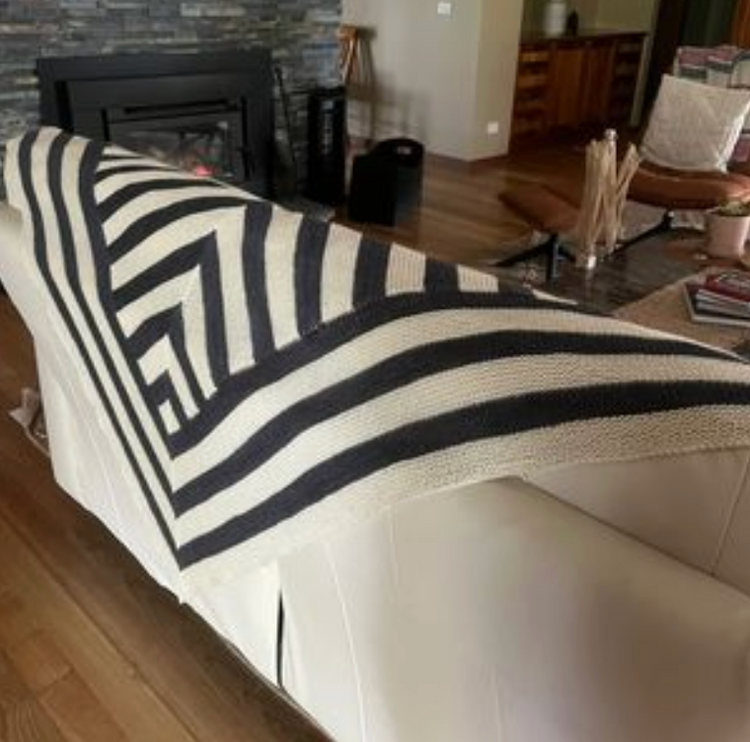
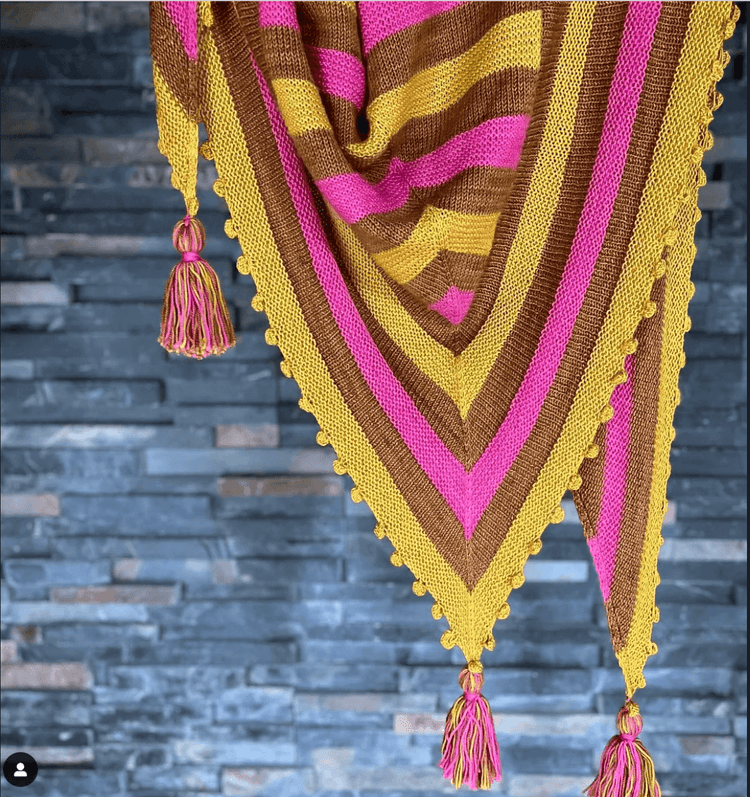
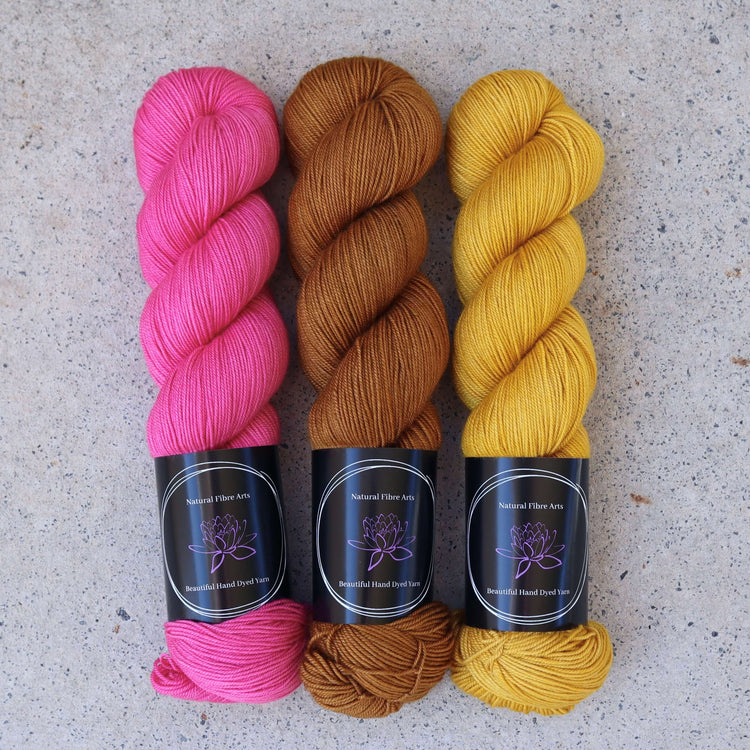
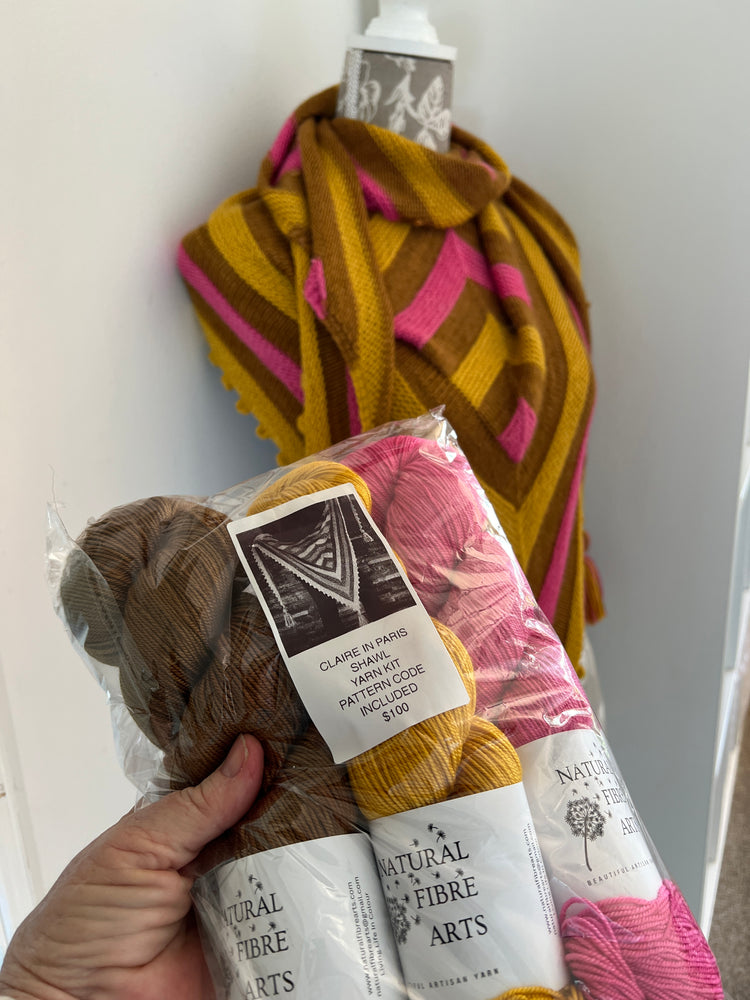
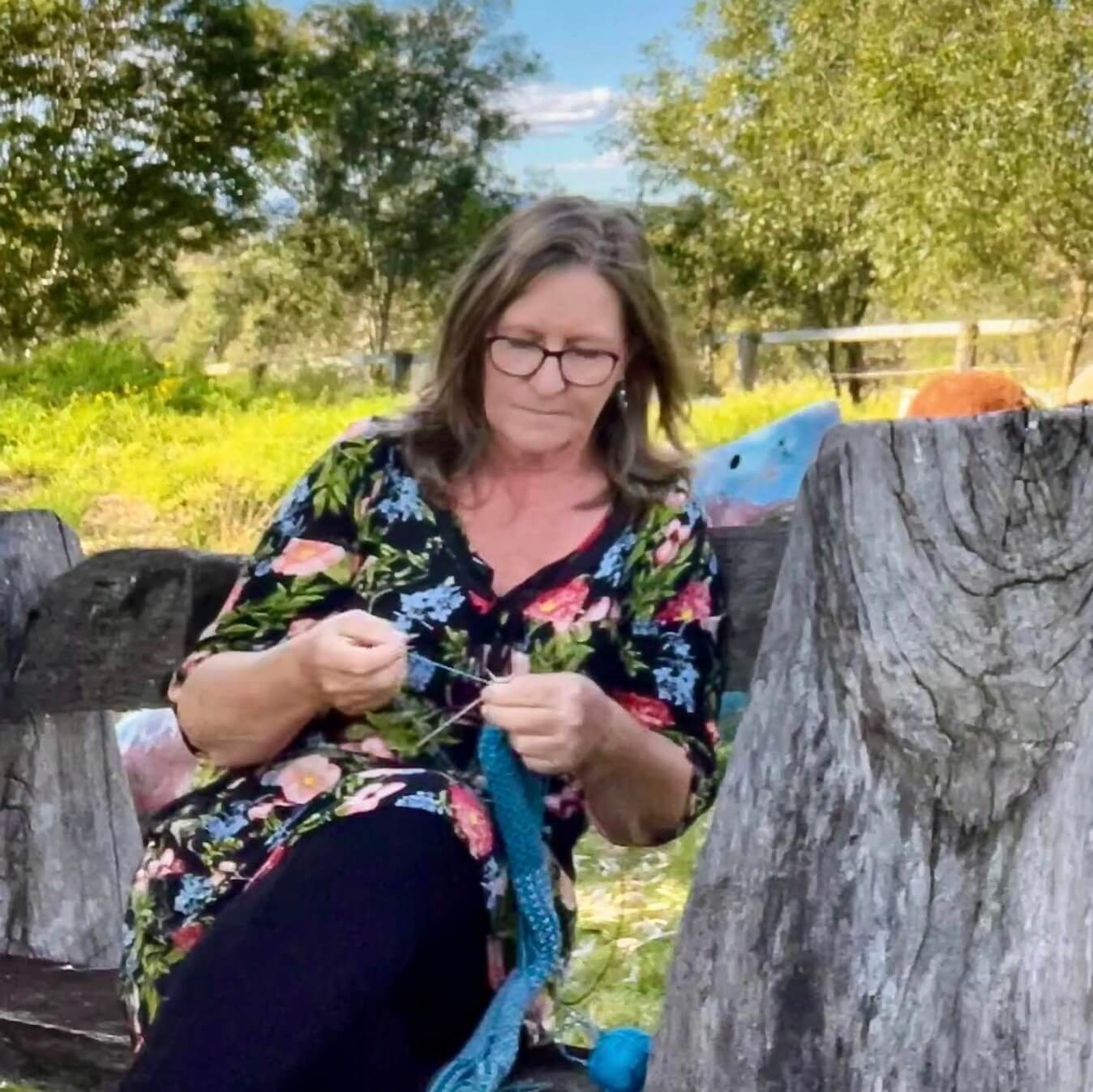
At Natural Fibre Arts, we are a small artisan dyeing studio in Brisbane, Australia. Whether you reach out by email or phone, Cheryl, our dedicated owner and dyer, will be the one to chat with you. She’s always ready to help you pick the perfect colours or yarn type for your next project.
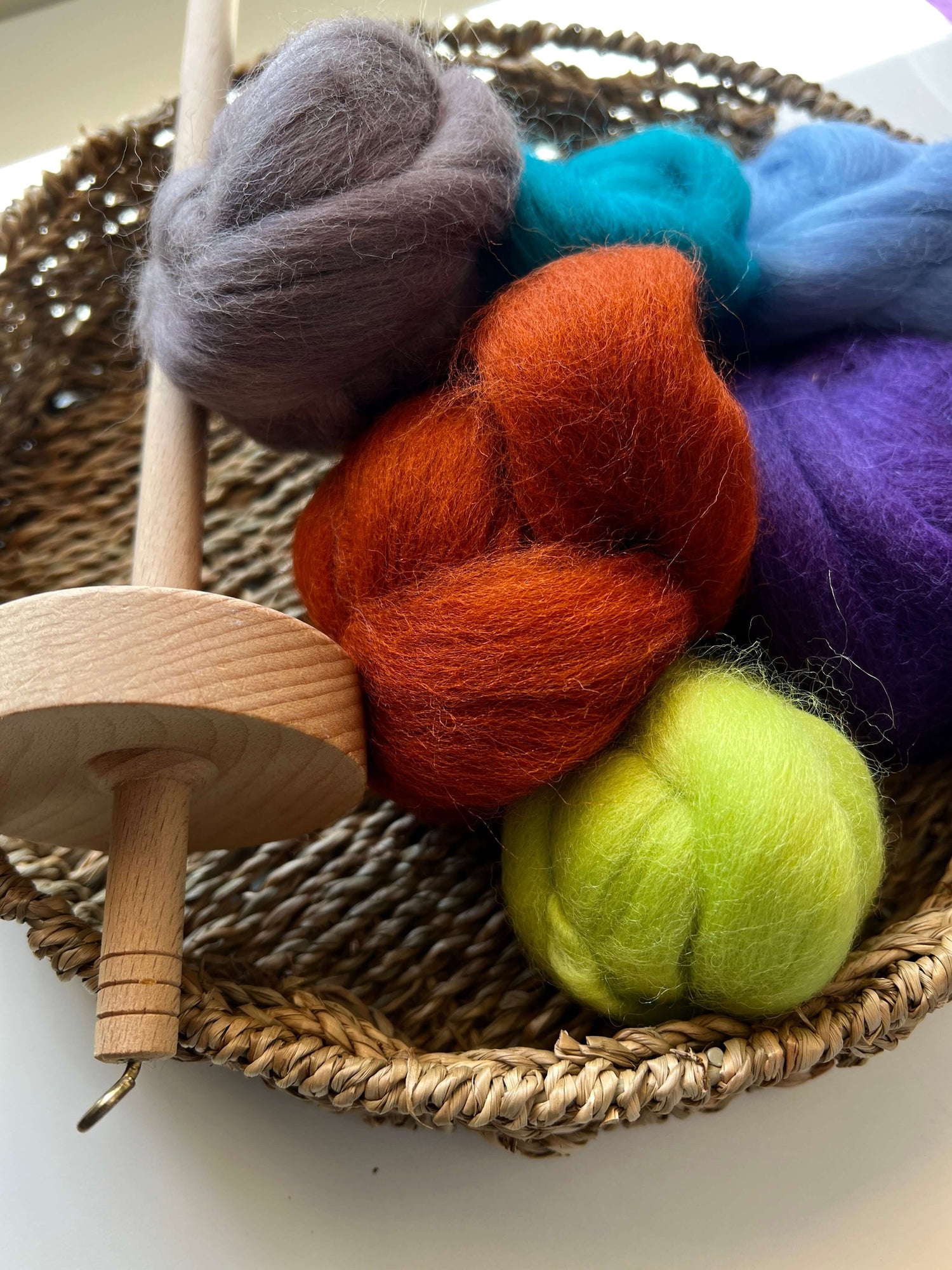
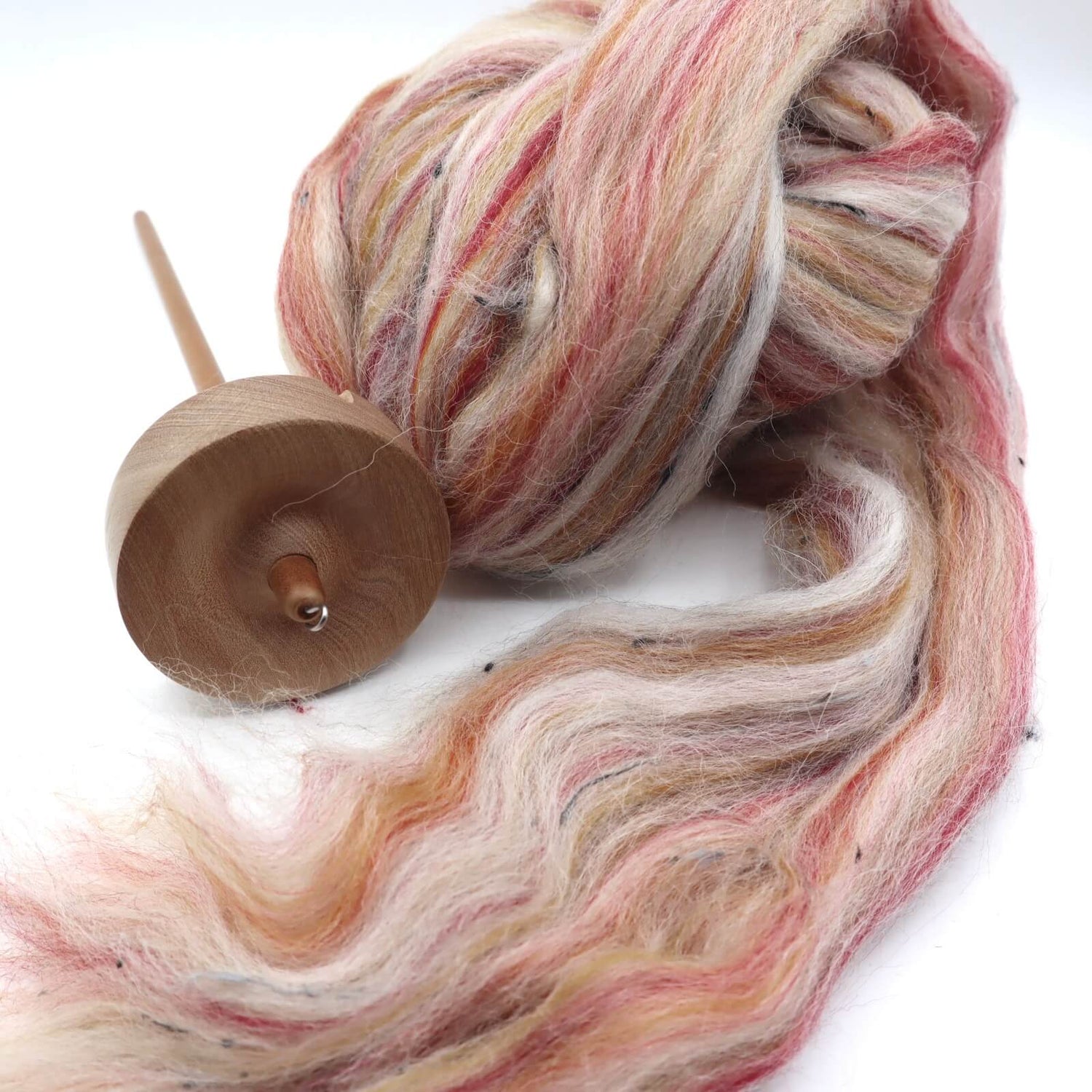
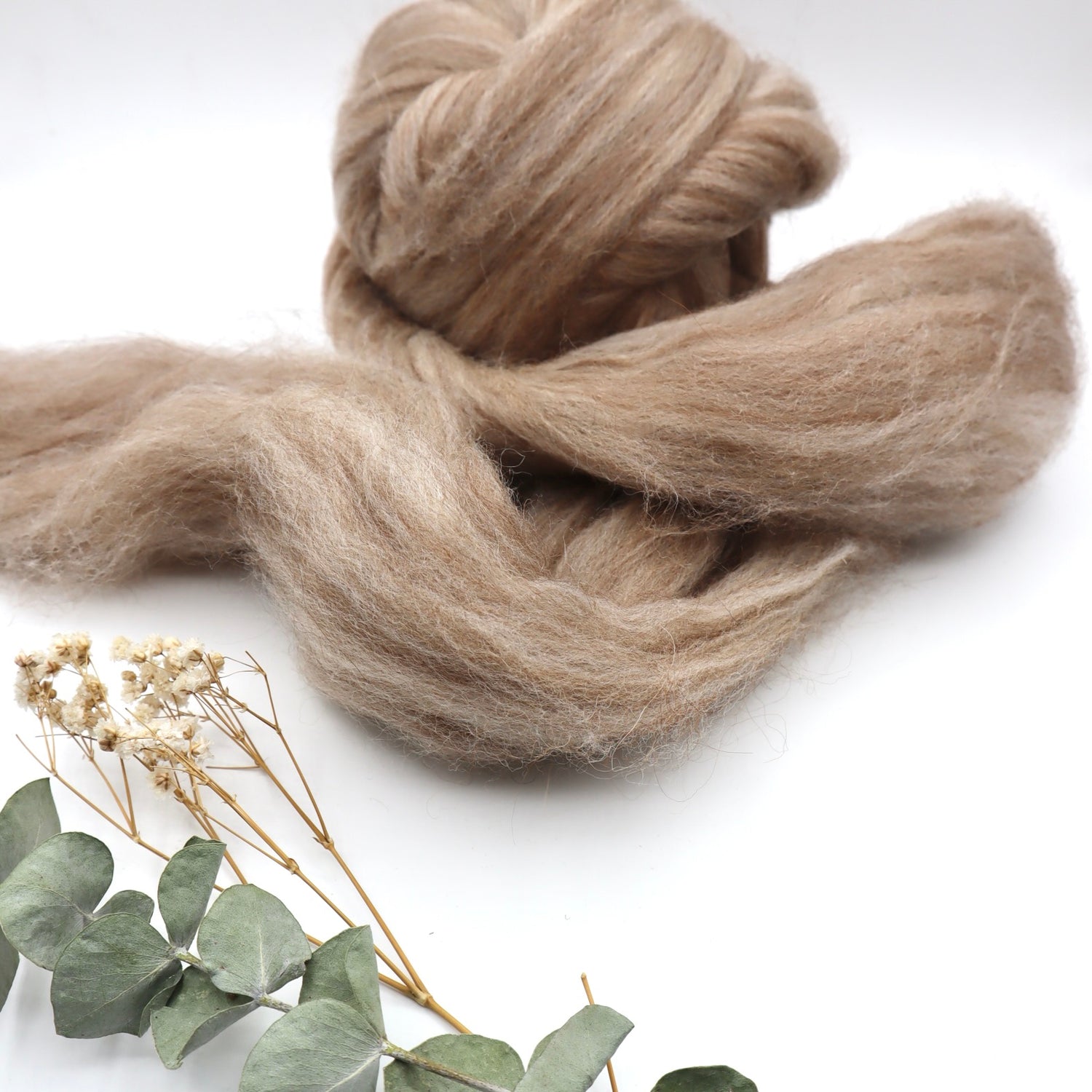
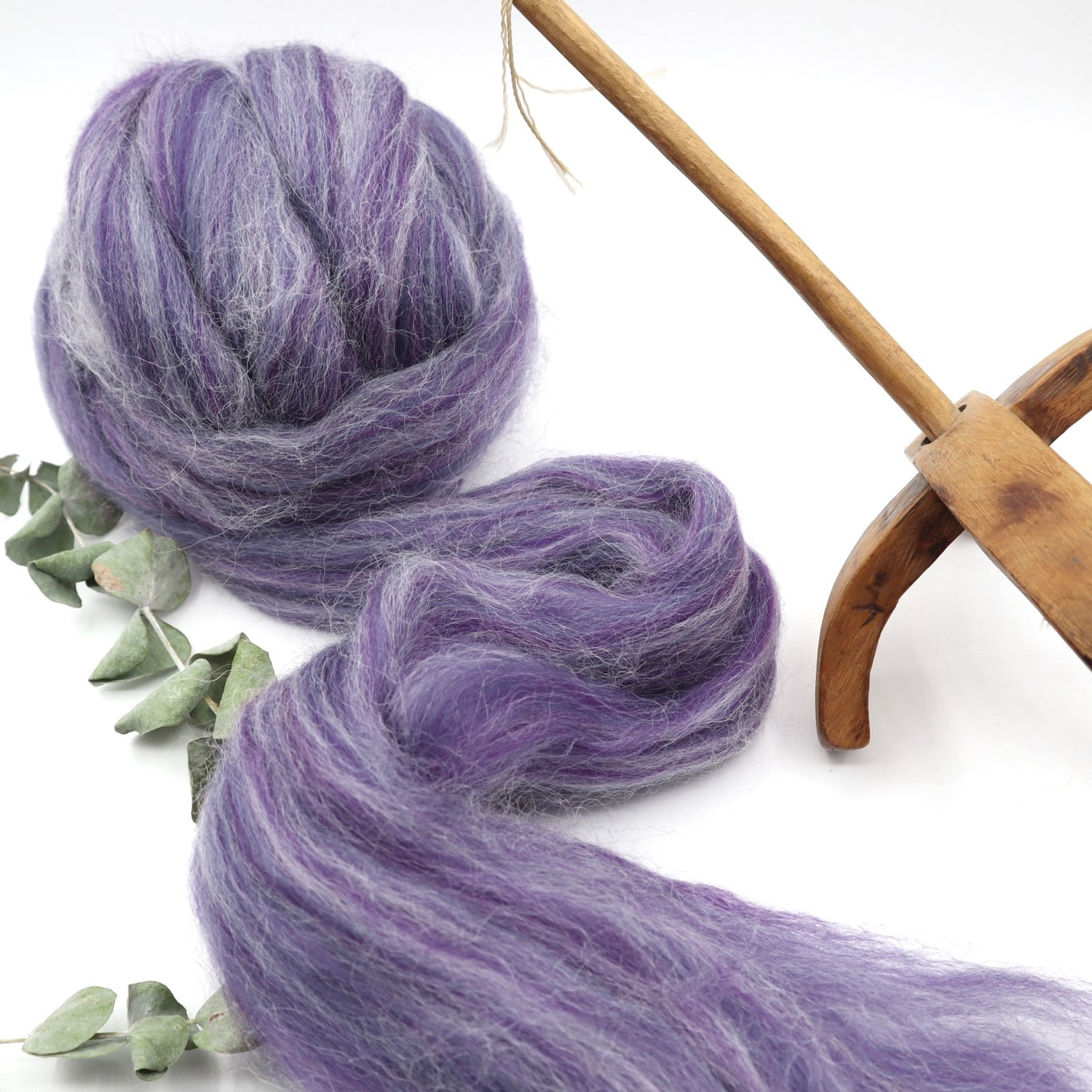
Spinners Corner
Mixed Fibre Blends and 100% wool and alpaca tops.
We have just received some beautiful baby alpaca tops in stock, along with our 100% Corriedale, Merino, Shetland & BFL

JOIN OUR MAILING LIST
WE ARE MOVING!
We are currently relocating across country from Brisbane to Perth so our online store is closed as all our stock is now with the removalist.
Our dye studio is packed and any orders placed will not be able to be fulfilled until we unpack in Perth in a few weeks.
Thank you for your patience and understanding during this process.